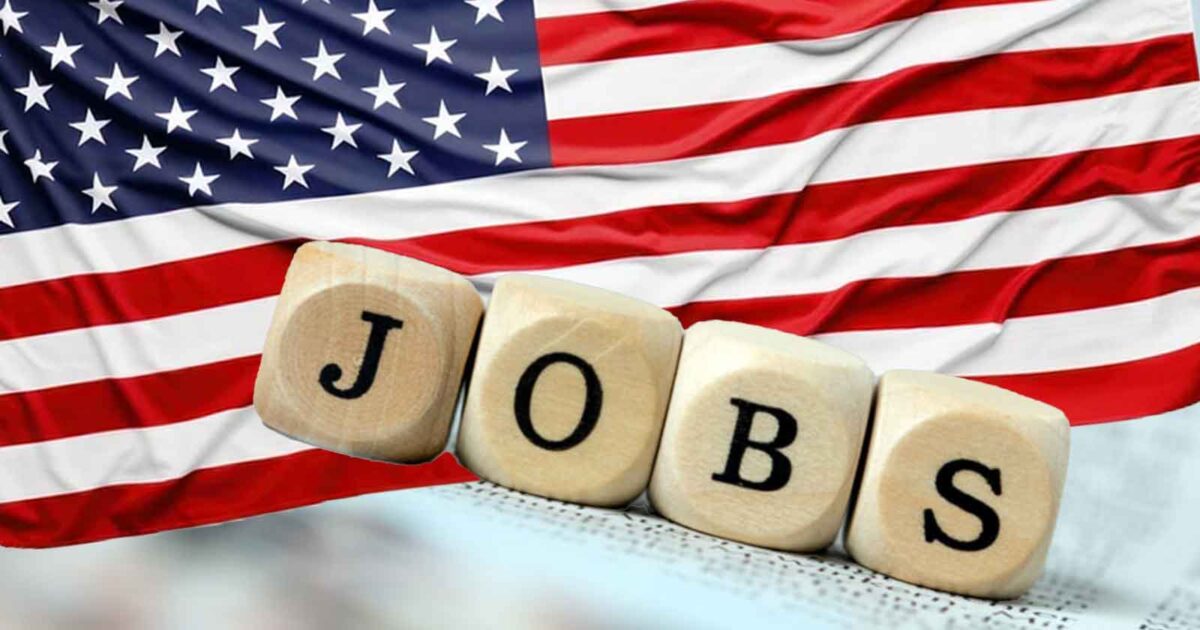
It’s anticipated that US job growth in April will remain robust, though slightly slower, with wages continuing their steady ascent. This should help alleviate concerns about economic stagnation following a notable slowdown in activity during the first quarter.
The upcoming employment report from the Labor Department, set to be released on Friday, is expected to reveal that the unemployment rate remains below 4% for the 27th consecutive month. While this demonstrates the resilience of the labor market, it also suggests that the Federal Reserve is unlikely to rush into interest rate cuts, a move that could significantly dampen economic momentum.
The Federal Reserve recently decided to maintain its benchmark overnight interest rate within the current range of 5.25% to 5.50%, where it has stood since July.
Sung Won Sohn, a finance and economics professor at Loyola Marymount University, remarked, “The luster of a robust employment market may be fading slightly, but it remains strong. A gradual yet healthy job market is expected to persist well into 2025. The only scenario I foresee for a significant downturn is if the Fed maintains high rates for an extended period.”
According to a Reuters survey of economists, nonfarm payrolls likely expanded by 243,000 jobs last month, following a gain of 303,000 in March. While this would be slightly below the average monthly increase of 276,000 seen in the first quarter, it’s still a solid figure.
Estimates ranged from 150,000 to 280,000. Despite concerns raised by surveys like those from the Institute for Supply Management and the NFIB about a potential sharp slowdown, the labor market has defied expectations so far. For instance, the ISM’s services employment measure has remained weak since last October.
Although the NFIB’s small business hiring gauge dropped to nearly a four-year low in March before rebounding in April, most economists caution against placing too much emphasis on such surveys. They argue that these surveys have not consistently provided reliable signals regarding nonfarm payrolls over time. Additionally, economists remain unfazed by the near stall in worker productivity in the first quarter, as the overall trend remains solid.
Dan North, senior economist at Allianz Trade, stated, “I don’t see any significant signs of distress.”
Economists also downplayed the continued decline in temporary help staffing, typically seen as a precursor to future hiring. Despite temporary help decreasing in 23 of the last 24 months, companies continue to retain workers.
Job gains have been particularly notable in sectors such as healthcare, state and local governments, construction, and leisure and hospitality, all of which are striving to replenish their staffing levels after losses during the COVID-19 pandemic. This trend is expected to persist in April.
Average hourly earnings are forecasted to rise by 0.3%, matching March’s increase. However, there’s an upside risk due to approximately half a million workers at California fast food chains beginning to receive a $20-an-hour minimum wage in April.
Lou Crandall, chief economist at Wrightson ICAP, explained, “Although we typically expect another 0.3% increase, similar to the monthly average in both the fourth quarter of 2023 and the first quarter of 2024, we anticipate that the minimum wage hike for fast-food workers in California will likely translate into a nearly 1% increase in hourly earnings in the leisure and hospitality industry in April, nearly adding a tenth of a percent to the national average.”
Wages are projected to increase by 4.0% in the 12 months through April, slightly lower than the 4.1% rise seen in March. Wage growth within a 3%-3.5% range is considered consistent with the Federal Reserve’s 2% inflation target.
Financial markets are still expecting the central bank to commence its easing cycle in September, although a minority of economists believe this window is closing. Since March 2022, the Federal Reserve has increased its policy rate by 525 basis points.
In April, the unemployment rate is expected to stay steady at 3.8%. Economists estimate that the labor market has seen a boost from increased immigration over the past year, with approximately 80,000 more workers entering the workforce each month in 2023.
Spencer Hill, an economist at Goldman Sachs, noted, “While we believe that the continued influx of new immigrants into the labor market boosted both payroll and household employment in April’s report, we do not anticipate any impact on the unemployment rate due to the offsetting increase in labor supply.”



